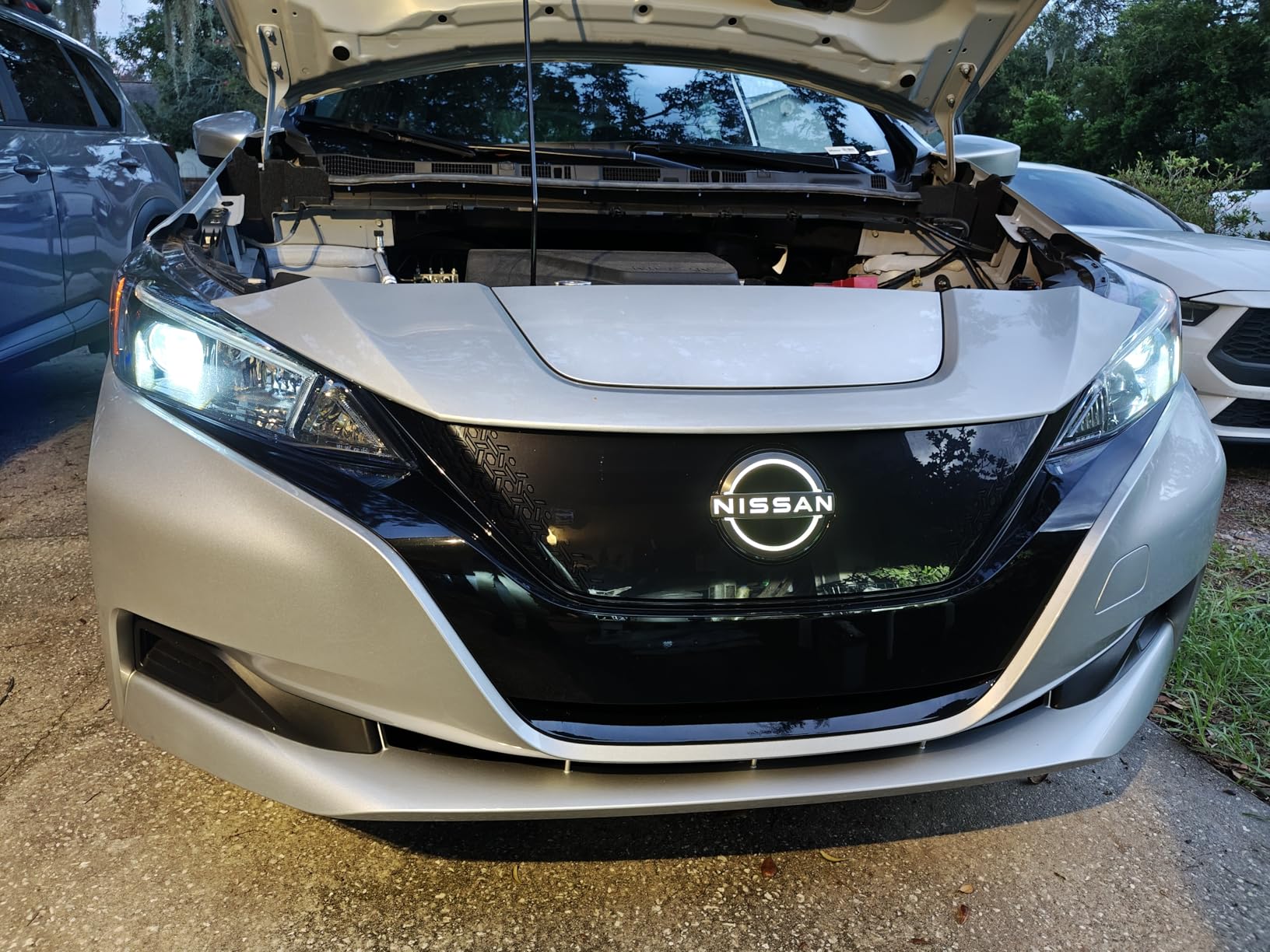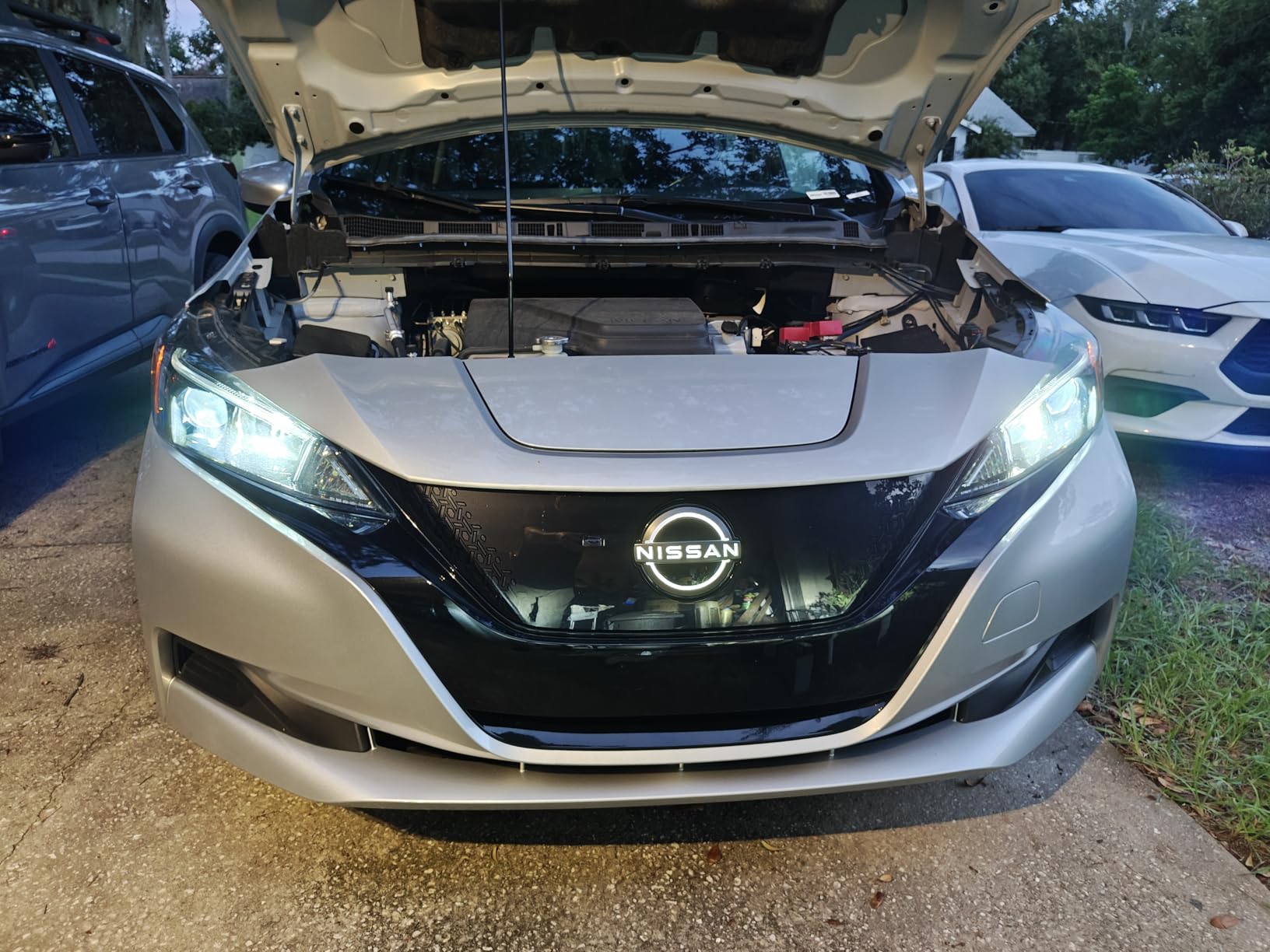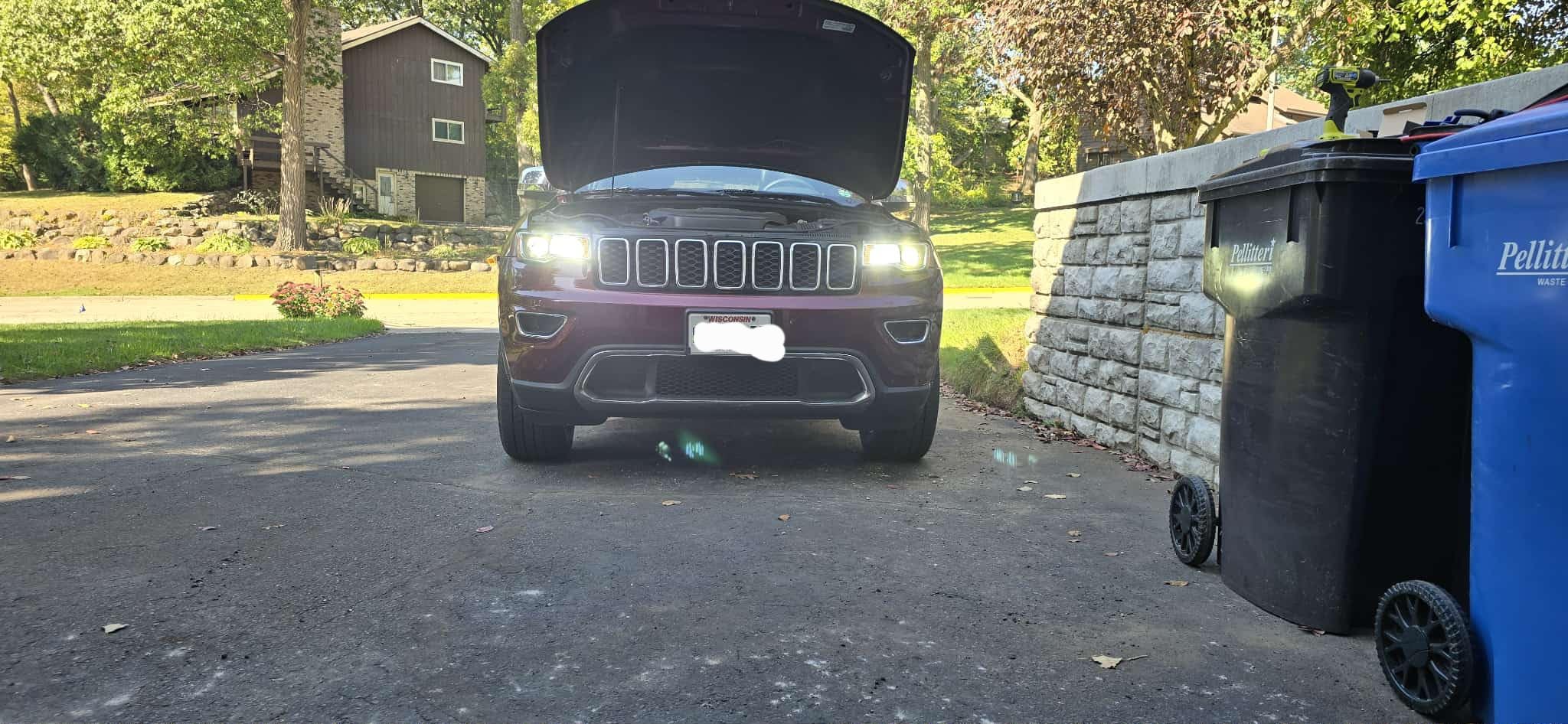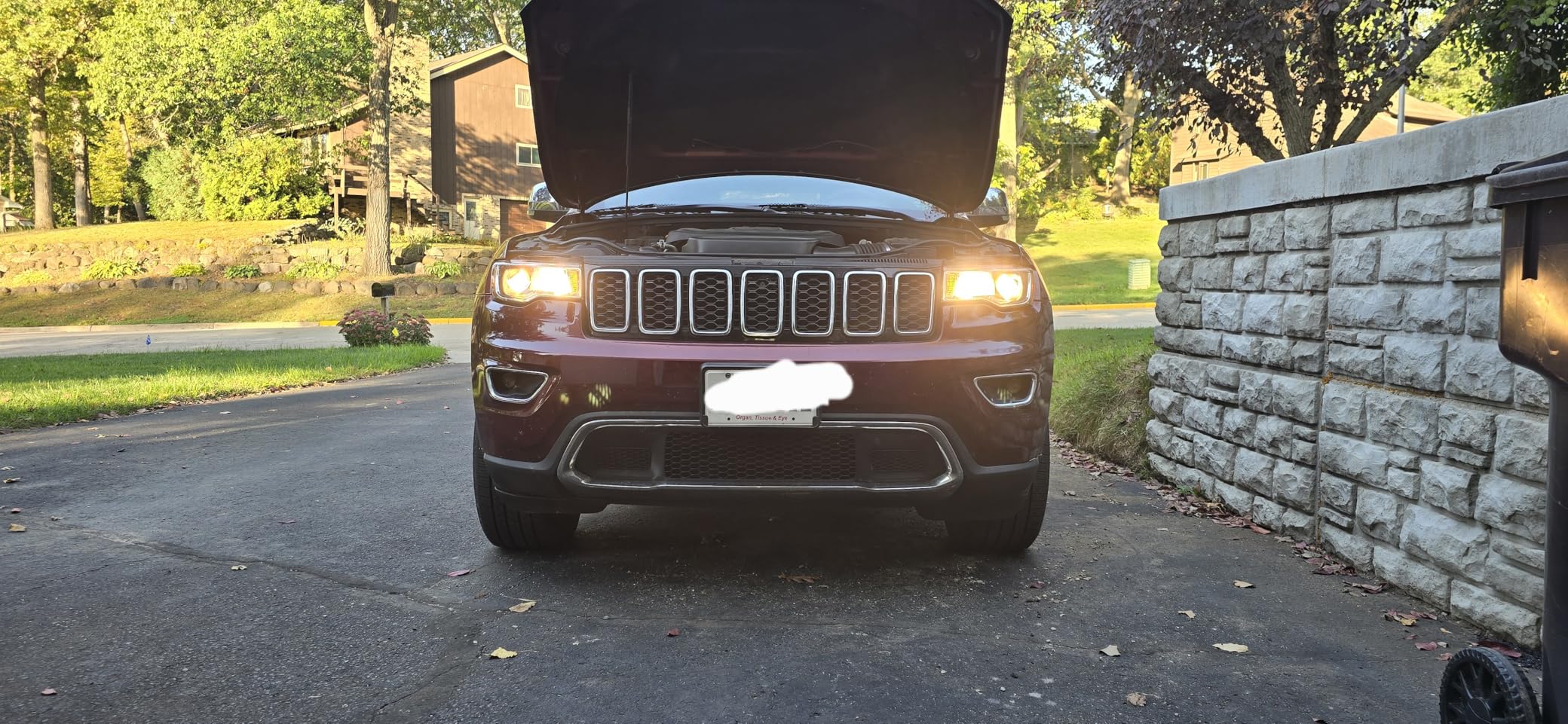As vehicles continue evolving with technology, headlights are no exception. Among the most popular upgrades today are H1 LED headlight bulbs, known for their powerful illumination, energy efficiency, and long service life. Whether you’re a car enthusiast, a night driver, or simply someone looking to enhance safety on the road, understanding H1 LED bulbs is essential.
1. What Is an H1 LED Bulb?
An H1 LED bulb is a single-beam headlight bulb designed to replace traditional halogen bulbs with modern LED technology. Unlike dual-beam bulbs (like H4 LED headlight), H1 bulbs serve either a high beam or a low beam, depending on your vehicle’s design. If you’d like to learn more about different bulb types, check out our complete guide to LED bulb sizes.
Originally used in halogen form, H1 bulbs have now been re-engineered with LED chips that provide brighter light using less power. H1 LED bulbs maintain the same socket (P14.5s base), ensuring they fit easily into your vehicle’s existing housing without major modifications.
Note: H1 bulbs are not the same as H4, 9003, or HB2. They are single beam only, typically used in vehicles with separate high and low beam systems.
2. Advantages of Using H1 LED Bulbs
Upgrading to H1 LEDs from halogen brings a range of practical and performance benefits:
2.1 Extended Lifespan
While halogen H1 bulbs last around 500–1,000 hours, H1 LED can last over 30,000 hours, reducing the need for replacements and saving costs in the long term.
2.2 Brighter and More Focused Light
LEDs produce intense, sharply focused beams that improve visibility at night or in adverse weather, helping you react faster to road conditions.
2.3 Lower Power Consumption
LEDs use significantly less energy, easing the load on your vehicle’s battery and alternator—especially important for motorcycles and older vehicles.

2.4 Instant Illumination
Unlike HID systems that need time to warm up, H1 LED light up instantly at full brightness, providing immediate response.
2.5 Modern Look with Optimal Color Temperature
Most H1 LED bulbs emit a white or bluish-white light (around 6000K), mimicking daylight and giving your vehicle a stylish, high-end appearance.
2.6 Shock and Vibration Resistance
Solid-state LED construction means greater durability—ideal for rough roads, off-road vehicles, or motorcycles.
3. Practical Applications of H1 LED Bulbs
H1 LED bulbs are used in a variety of vehicle lighting systems. Here are the most common applications:
-
High Beam Headlights
Delivering long-range lighting for highways or rural roads. -
Low Beam Headlights
In vehicles that use separate bulbs for low beams, H1 LEDs offer a focused, non-glare beam for city and suburban driving. -
Fog Lights
Some vehicles use H1 bulbs for fog lights; LEDs perform better in misty or rainy conditions with wide-angle beam patterns. -
Motorcycles and Scooters
Compact, energy-saving H1 LEDs are popular among two-wheelers for both visibility and safety. -
Off-Road and Auxiliary Lighting
Their rugged build makes H1 LEDs ideal for auxiliary lights on trucks, ATVs, or 4×4 vehicles.

4. Installation Tips for H1 LED Bulbs
Installing H1 LED bulbs is usually straightforward—but attention to detail can make all the difference in performance and safety:
Plug-and-Play Design
Most H1 LED bulbs are direct replacements. Simply remove the halogen bulb and install the LED—no rewiring or adapter needed.
Cooling Space
Ensure there’s enough clearance in the headlight housing for the bulb’s heat sink or built-in fan to operate effectively.

Polarity Check
If the bulb doesn’t light up after installation, flip the plug. LEDs are polarity-sensitive.
Beam Pattern Alignment
After installation, check and adjust the beam pattern. Misaligned lights can blind other drivers or reduce your visibility.
Error Messages
Some vehicles may display bulb-out warnings due to LED’s low power draw. Use a CANbus decoder or resistor kit to eliminate these errors.
Click to view : H1 HD Illustrations Installation tutorial PDF
5. Key Considerations Before Switching to H1 LED Bulbs
Upgrading to LED lighting is a smart move—but only if done with the right planning. Here are several factors to consider:
Vehicle Compatibility
Ensure your headlight housing is suitable for LED lighting. Some reflector housings may scatter the light, requiring a projector upgrade.
Beam Control and Glare
Improper beam patterns can blind oncoming drivers or reduce light spread. Opt for H1 LEDs designed for optical precision.
Heat Dissipation
Even efficient LEDs generate heat. Make sure your bulbs use effective cooling technology and have space for airflow.
Legal Compliance
Check your local laws regarding LED headlight upgrades. Regulations may govern brightness (lumens), color temperature, or retrofit legality.
Quality and Warranty
Avoid cheap, unbranded bulbs. Look for H1 LEDs with certifications (DOT, ECE), verified brightness ratings, waterproofing (IP65/IP67), and at least a 1-year warranty.
Conclusion
Upgrading to H1 LED headlight bulbs is a smart investment in safety, comfort, and efficiency. With proper selection, installation, and legal compliance, H1 LED lights can deliver years of reliable, brilliant performance across a wide range of vehicles and applications.





